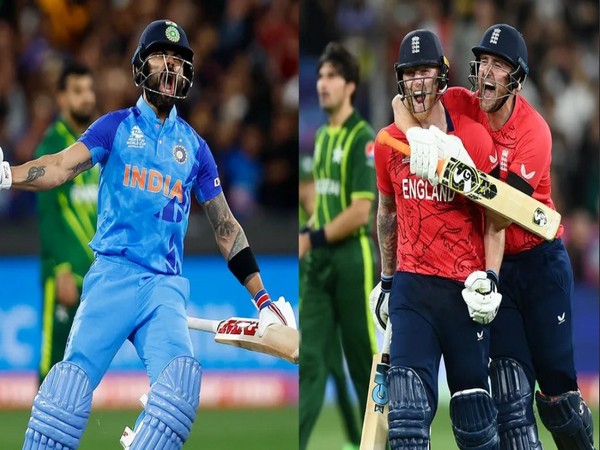

In T20I cricket, fans and experts alike have argued that the strike rate should be given more weightage as compared to a player’s batting average and slow run-accumulators find themselves in immense scrutiny and pressure depending on situations in matches.
In a game where the strike rate is the king and more quick, attacking play is favoured, Indian star batter Virat Kohli and all-rounder Ben Stokes proved how valuable anchors can be in the shortest format of the game.
Despite all the talks about strike rates and attacking intent, such aforementioned players have proven there is still a place for anchors in T20 team and it is really helpful for the team if one or maximum two are a part of the side.
Take the T20 WC final as example. England needed to chase down 138, a target that a team featuring likes of Jos Buttler, Alex Hales, Liam Livingstone, Harry Brook, Stokes etc would back itself to chase effortlessly.
But the pressure of summit clash turned out to be extremely different. England was left 45/3 before the powerplay could even conclude.
In this situation, England needed someone to hold together the innings, someone England could rely on. Stokes did his job perfectly, staying around till he hit the winnings runs.
It was the exact situation that Stokes was brought back into the fold for. And he did his job perfectly, still being out there at the end to score the winning runs, playing the part that his team required.
But for Stokes to stay till the very end, England also needed someone to step up and hit big to restore balance. Moeen scored at a strike rate of 140 while Stokes kept the other end steady. And this contrast of styles pulled England back in the game.
In Virat’s case too, the finest case of anchoring was found during the 160-run chase against Pakistan in front of nearly one-lakh strong crowd at Melbourne Cricket Ground.
With his team at 31/4 just after the powerplay, Kohli joined forces with Pandya to revive India’s chase. After they both laid down the platform, Virat exploded in the final few balls to secure one of the most memorable wins in nation’s cricketing history. He was not out at 82*.
Though Kohli’s usual strike rate in 130s falls a little short to fall into the latest trends of the format, an extraordinary player of his calibre still did the job against a high-class bowling attack. He proved that big tournaments require such anchors.
Kohli continued his style in his next match, often building his innings slowly and accelarating only after death overs. This allowed players like Suryakumar Yadav to stay assured that Virat would keep the other end steady and they were able to express themselves freely with the bat.
Despite such huge success in the tournament’s Super 12 stage, Virat faltered in the semifinals against England, scoring 50 off 40 balls at a strike rate of 125.00 before he was dismissed in death overs, the time he usually accelarates.
He could not stay till the end and give Hardik Pandya, who scored raced to score 63* in just 33 balls, the support he needed.
During a run chase, such anchors are valuable. But while batting first, the role they play is risky and can even garner them criticism for not letting their side reach a defendable total.
But despite such failures, Kohli and Stokes succeding in two pressure games proves that there is still scope for the ‘anchors’ to play their part.